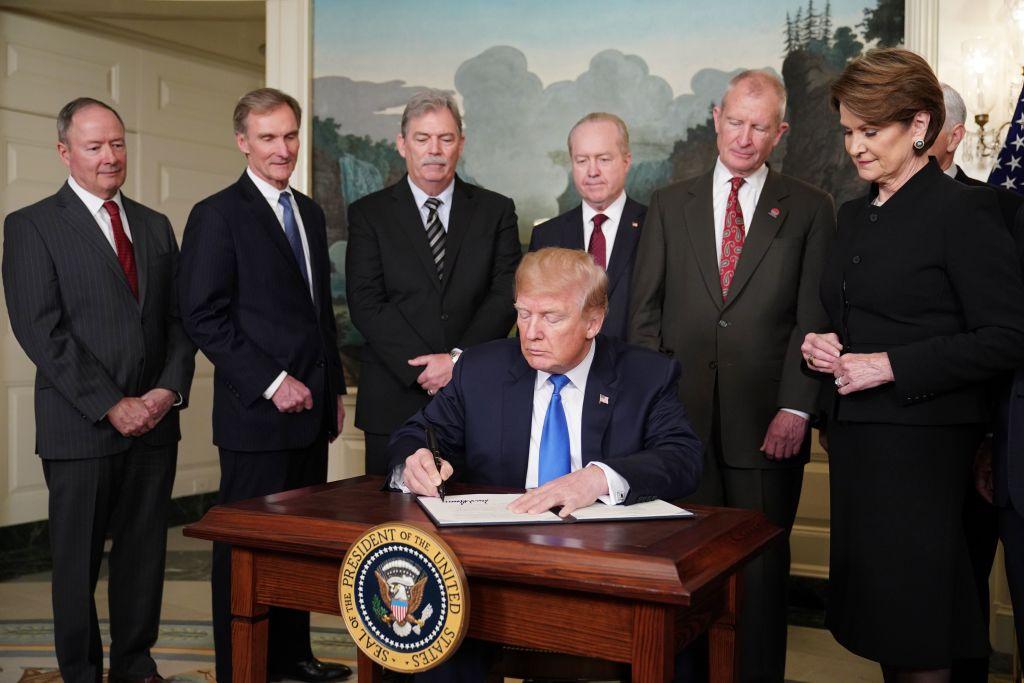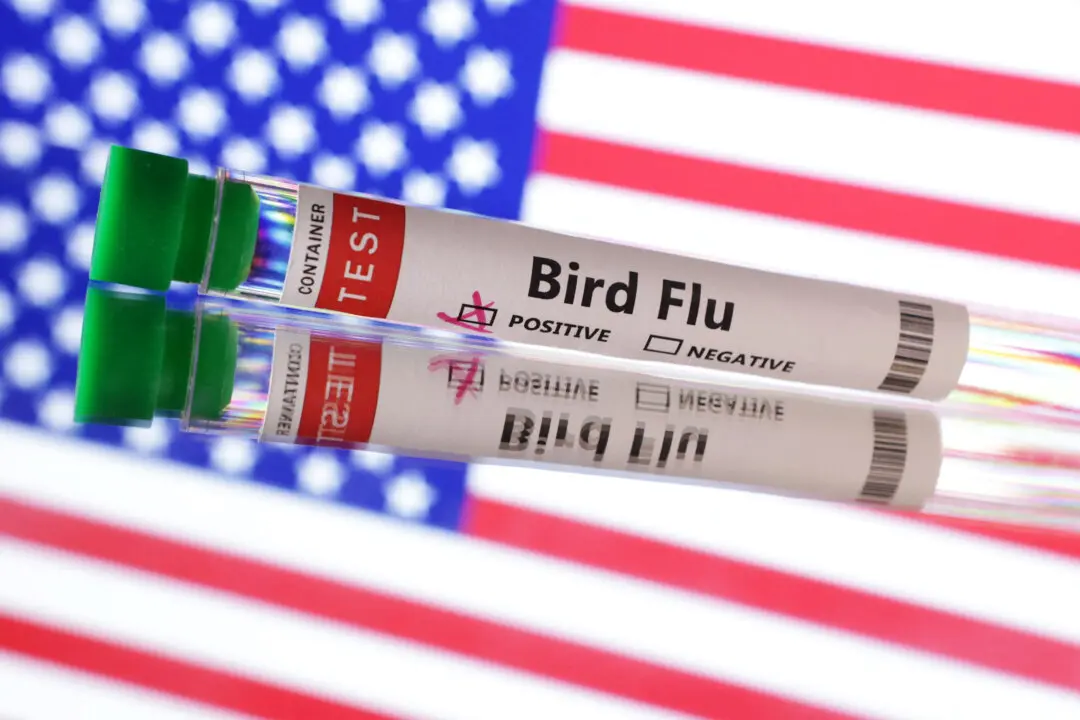WASHINGTON—The Trump administration on Tuesday raised the stakes in a growing trade showdown with China, targeting 25 percent tariffs on some 1,300 industrial technology, transport and medical products to try to force changes in Beijing’s intellectual property practices.
The U.S. tariff unveiling, representing about $50 billion of estimated 2018 imports and aimed at dealing a setback to China’s efforts to upgrade its manufacturing base, drew an immediate condemnation from Beijing, along with a threat of retaliatory action.
China’s Ministry of Commerce said it “will soon take measure of equal intensity and scale against U.S. goods.”
The ministry did not reveal any specific countermeasures.
The tariff list from the U.S. Trade Representative’s (USTR) office followed China’s imposition of tariffs on $3 billion worth of U.S. fruits, nuts, pork and wine to protest new U.S. steel and aluminum tariffs imposed last month by U.S. President Donald Trump.
The standoff between the world’s two largest economies has sparked market fears that they could spiral into a trade war.
Many Consumer Electronics Excluded
The USTR list ranged from chemicals to light-emitting diodes to machine parts, but U.S. industry groups warned it would still hit supply chains that rely on Chinese components and would ultimately raise costs for consumers.
Many consumer electronics products—designed in the U.S. but assembled in China—such as cellphones made by Apple and laptops made by Dell, were excluded, as were footwear and clothing, drawing a sigh of relief from retailers who had feared higher costs for American consumers.





